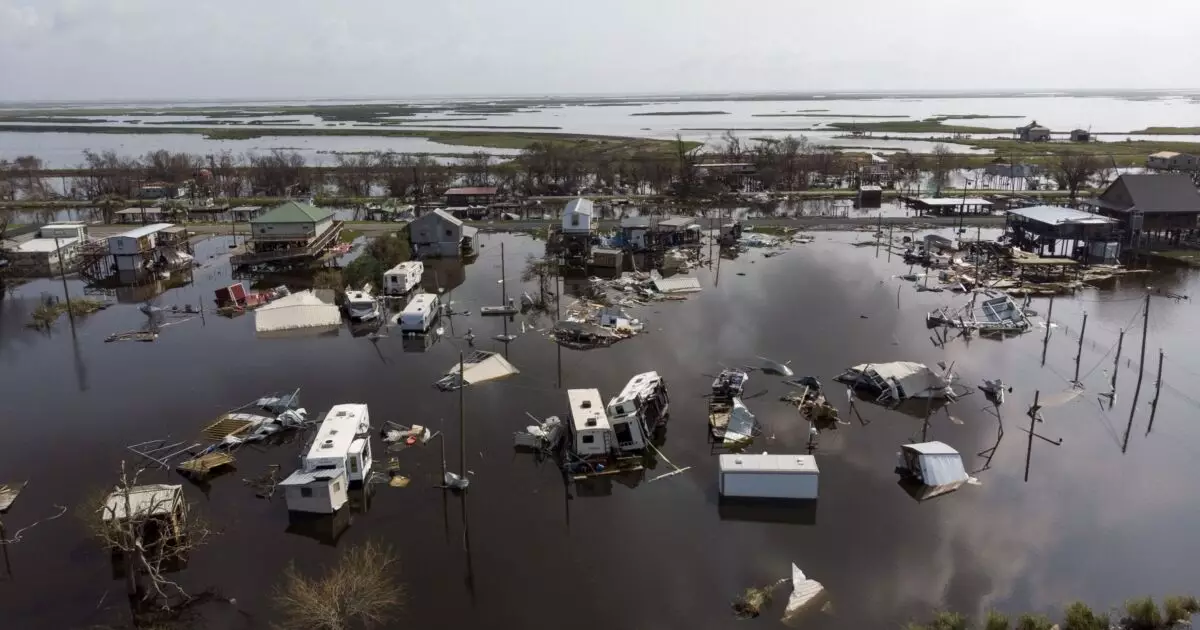As of now, it seems that municipal bonds for water infrastructure may not be as necessary as they once were. Data from 2023 shows that bond issuance for water and sewer purposes has actually declined, despite the ongoing need for improvements in this sector. This decline could be attributed to the availability of federal grants and low-interest loans, which have made municipal bonds a less attractive option for cities and counties looking to fund their water projects.
Challenges in Disbursing Federal Funds
The Infrastructure Investment and Jobs Act allocated a substantial $55 billion for state revolving fund loans for water and wastewater projects. However, only a small fraction of this amount has actually been distributed so far. The slow disbursement of funds can be linked to various factors, including the requirements of the Build America, Buy America provision, increased costs of materials and labor, as well as the imposition of earmarks on fund usage. Despite the availability of federal funding, many water systems are still waiting to receive the financial assistance they need.
Growing Need for Water Infrastructure Investment
The demand for improved water infrastructure in the United States is evident, with estimates suggesting that the country requires billions of dollars in investments to meet its clean water and drinking water needs. The challenges facing the water sector, such as climate change, PFAS removal, lead line replacement, and aging infrastructure, highlight the urgent need for financial support. Federal funding for water systems has significantly decreased over the years, making it crucial for municipalities to explore alternative funding sources to address these pressing issues.
To combat the challenges in the water sector, various strategies and technologies are being developed. Desalination and water reuse projects are gaining momentum as effective solutions to increasing water supply. Public-private partnerships, like the Vista Ridge Supply Project in San Antonio, Texas, have shown promise in providing additional water resources to growing communities. These innovative approaches could help alleviate the strain on existing water infrastructure and ensure a sustainable water supply for the future.
Addressing the water infrastructure challenges in the United States will require a collaborative effort between local, state, and federal agencies. It is essential that policymakers work together to develop effective strategies for funding and improving water systems. Pricing water at a free-market level, as suggested by former U.S. Sen. Bill Bradley, could help incentivize efficient water usage by both residential and industrial consumers. By prioritizing investment and innovation in the water sector, we can ensure a reliable and sustainable water supply for generations to come.

